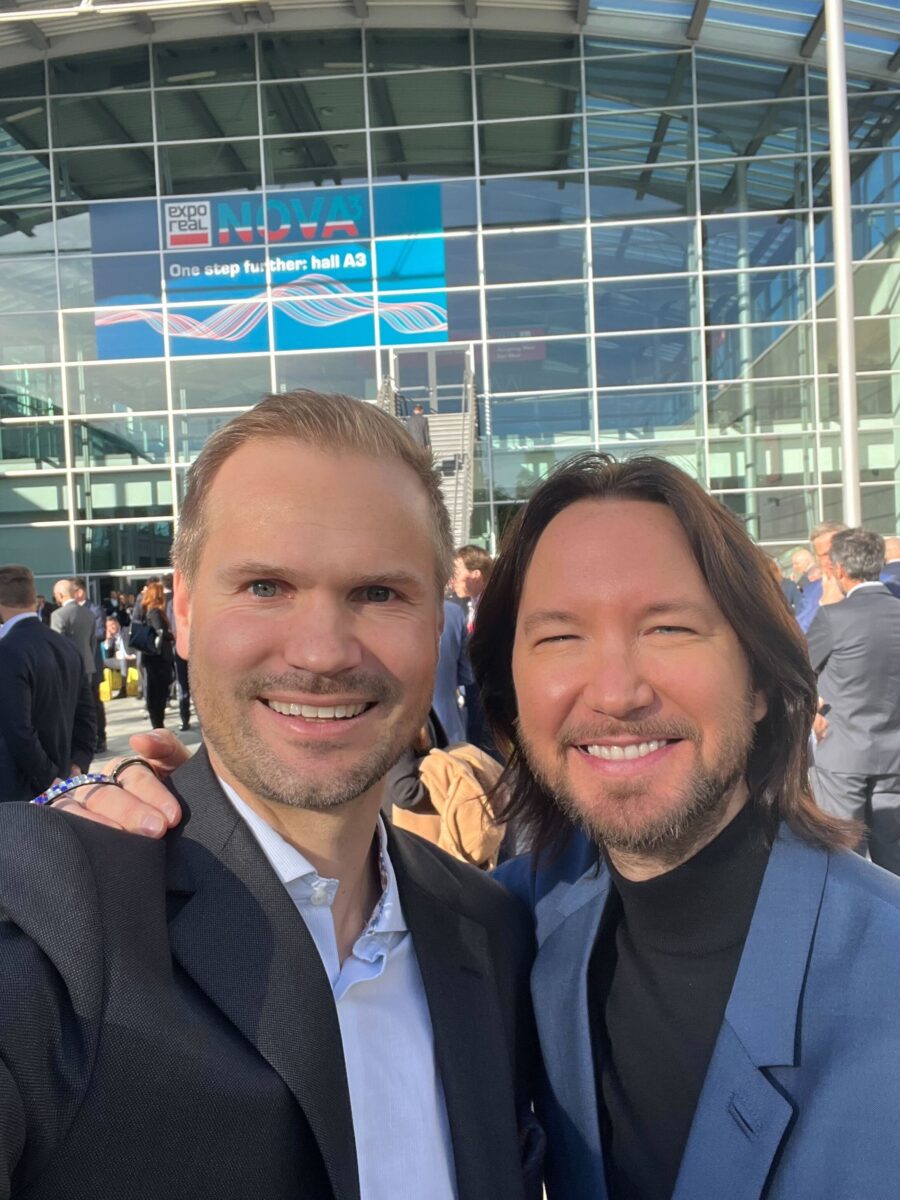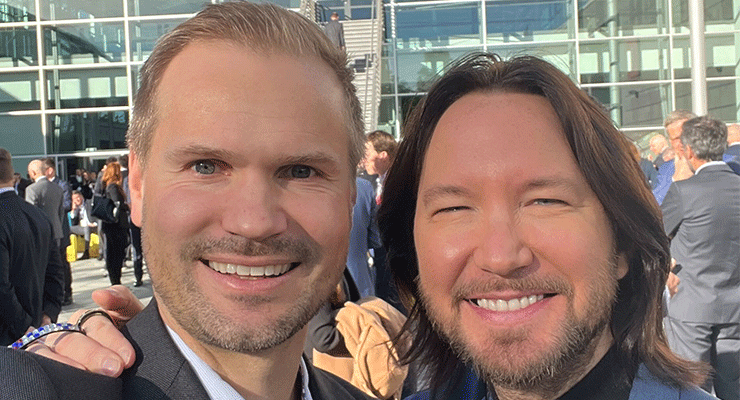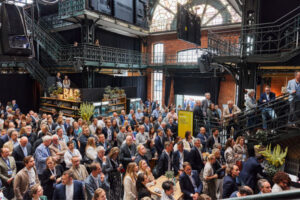By Markus Porvari and Hannu Käki
Today’s challenges have already led to operational and behavioral changes among shopping center owners, tenants, and customers. While some of the changes point to a trend toward more sustainability-driven choices, opinions are divided as to whether those behaviors are part of a long-term commitment to supporting the Environmental, Social, and Governance agenda, or merely a fight-or-flight necessity for survival. However, who is to say that both criteria cannot be simultaneously met? Based on our observations at EXPO REAL in Munich, there is a sense of unexpected optimism and positive signs that point to an attractive future in terms of investment.
Sustainability Can Be a By-product of Cost-cutting
This year’s EXPO REAL presented an unexpected contrast to our previous participation in 2016. The usual suits and ties had been replaced by casual clothing – a change in dress code that we had not been notified of. That seemingly innocuous observation of unconventional convention attire was another reminder of the urgent energy-saving measures being taken across Europe, and provided the backdrop for our key takeaways from the event.
Shorter Opening Hours Are on the Rise
Several shopping center owners, including some HyperIn customers, have recently introduced early closures during off-peak hours with lower footfall, such as Sunday evenings. The main reason for that is to save on energy costs. However, shopping center owners and retailers are striking a balance between cost-cutting and sustainable operations by justifying economically-driven changes as pro-sustainability measures. The shortening of opening hours can be justified financially, but it simultaneously fulfills the sustainable agenda of reduced energy consumption.
Powering Down the Night Lights
In addition to early closures, shopping center owners are cutting energy bills by switching off external backlit adverts at night. They had previously attracted attention around the clock, from advertisements for in-store offers to retail tenants’ logos displayed in prime positions. In addition, several future-thinking shopping center owners have tipped the self-sufficient energy balance even further by adopting additional sustainable measures, such as the installation of solar panels, enabling them to direct energy back into the grid.
Mixed-use Properties Enhance Tenant Diversity and Boost Communities
Historically speaking, shopping centers have promoted community and bringing people together, but the tightening grip of e-commerce has forced shopping centers to diversify their attraction further. Over time, the primary pulling power of centers has shifted from predominantly retail and the lure of luxury brands to more leisure, experiences, and entertainment. That effect has been amplified by the post-pandemic hangover, with people still wary of large social gatherings. Shopping centers have responded with an increase in mixed-use properties. Shopping centers used to be built away from metropolitan areas; nowadays, they form a metropolis of their own.
Is “Winter” Coming?
The retail real estate revival looks more promising than expected: Yes, times are tough, and the challenges are many. However, despite facing post-pandemic recovery, the looming crisis in the economy due to soaring energy costs, the threatening escalation of war, and the tightening grip of e-commerce, the overriding observations that we made at EXPO REAL are less of foreboding fear and more of optimism and opportunity. The revival of retail real estate in the US is further evidence that challenges help us innovate and change.
We learned that by considering cost-cutting and energy-saving as opportunities to seek out sustainable solutions, shopping centers can continue to thrive and evolve. Grasping those opportunities creates a stronger value point for center owners to develop better tenant mixes and occupancy, which, from an investor’s point of view, makes retail real estate an attractive, high-yield asset class with an investment-worthy future. The conversations that we had at EXPO REAL provided us with many interesting insights. We look forward to opening the dialogue further during our upcoming panel discussion at MAPIC in November.

HyperIn’s Markus Porvari (Technology Entrepreneur, Founder, right) and Hannu Käki (VP, Business Development, left) at EXPO REAL 2022 in Munich







